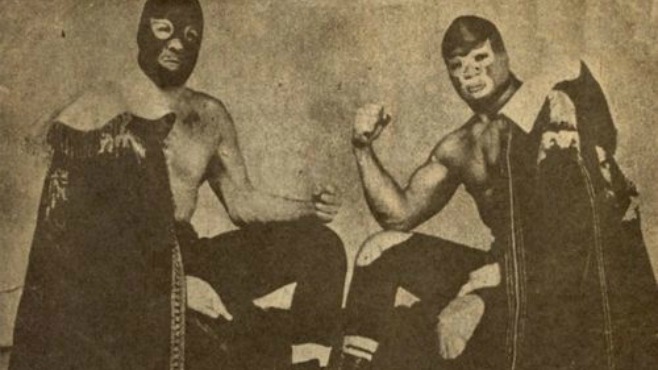Does Mexico have a martial art? What is the history of Lucha Libre, a form of professional wrestling developed in Mexico? In honor of Cinco de Mayo, a celebration that commemorates the Mexican Army’s unlikely victory over French forces at the Battle of Puebla, we will be answering those questions.
Mexico has a rich and abundant history full of fierce Aztec warriors, but little is known about their combat training. There are records of specific battles, but none holding information on their training techniques. Because of this, there are many debates and speculations surrounding the topic of Mexican Martial Arts.
From this speculation rose a few disciplines including the widely disputed Yaomachtia. The founder of Yaomachtia claims that this is a combat system that was used by ancient Mexican warriors. There is little to no proof of his claim, causing the legitimacy of this martial art to be questioned.
Another existence of martial art in Mexico is the recently created discipline Xilam. It is a contemporary martial art invented by Marisela Ugalde Velazquez. Velazquez began her martial arts career practicing Judo when she was 16 years old. She started martial arts after seeing the preliminary competitions for the Olympics in 68, which were held in Mexico. Xilam is based on the ancient prehispanic philosophy and is applied to personal growth. Taking different tools from Mexican culture, Xilam aims to transform the martial artists’ identity. In fact, Xilam translates to “removing the skin”.
Lucha Libre, professional wrestling in Mexico, is rich with Mexican culture and history. It originated in Mexico, but due to its enormous success and popularity turned into a worldwide phenomenon influencing wrestling all over the world. It combined showmanship, athleticism and fighting into one awe inspiring event.
Lucha Libre became popular in 1933 when Salvador Lutteroth began promoting matches at an abandoned boxing stadium called Arena Modelo. The popularity of Lucha Libre grew exponentially. In 1956 the largest wrestling stadium in the world was built and is now an iconic landmark of Mexico City. Lutteroth did not invent Lucha Libre, but without him the influence Lucha Libre has had on Mexico and wrestling worldwide would not exist.

